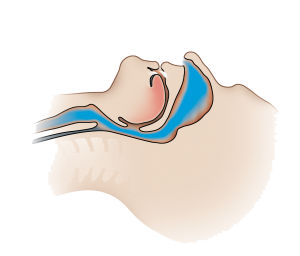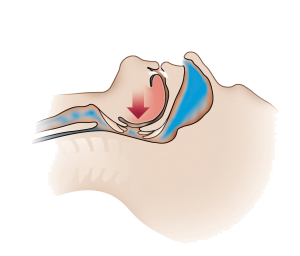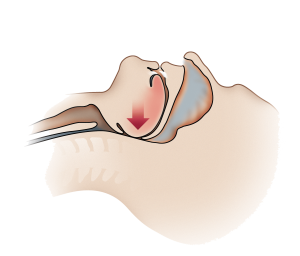What is Obstructive Sleep Apnea (OSA)?
Obstructive Sleep Apnea (OSA) is a sleep disorder and is the most common type of sleep apnea. It is a condition in which a person stops breathing periodically during sleep. These cessations in breathing can occur anywhere from a few times a night up to hundreds of times a night. When a person stops breathing in their sleep, they are partially awakened from sleep as their brain is forced out of deeper stages of sleep to get the body to begin breathing again. When this occurs several times an hour, quality sleep decreases, and a whole slew of medical problems can begin to arise.
Obstructive Sleep Apnea (OSA) is caused by partial or complete blockage of the airways during sleep. During sleep, a person’s throat muscles relax allowing the tongue and/or fatty tissues of the throat to fall back into the airways and block airflow. During an apnea event air is restricted from moving beyond the obstruction reducing blood flow to the brain. This in turn signals the brain to partially awaken from sleep to signal the body that it needs to breathe. This is often followed by a loud gasping, choking, or snorting sounds as the person takes a deep enough breath to fight past the obstruction.
Once a breath is taken the brain returns to sleep, and the process begins once again. This process can occur just a few times a night or hundreds of times a night depending on the severity of the condition.




